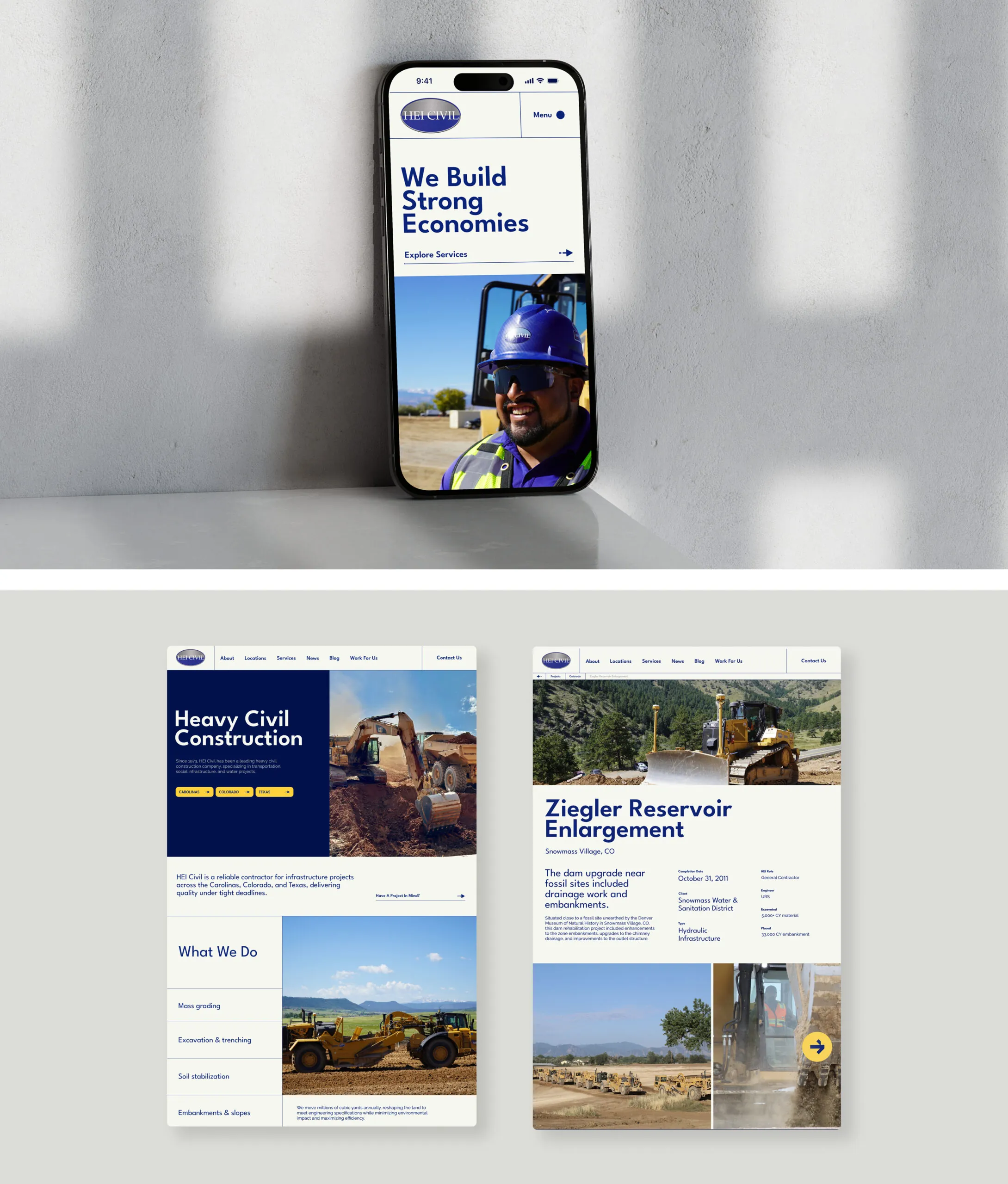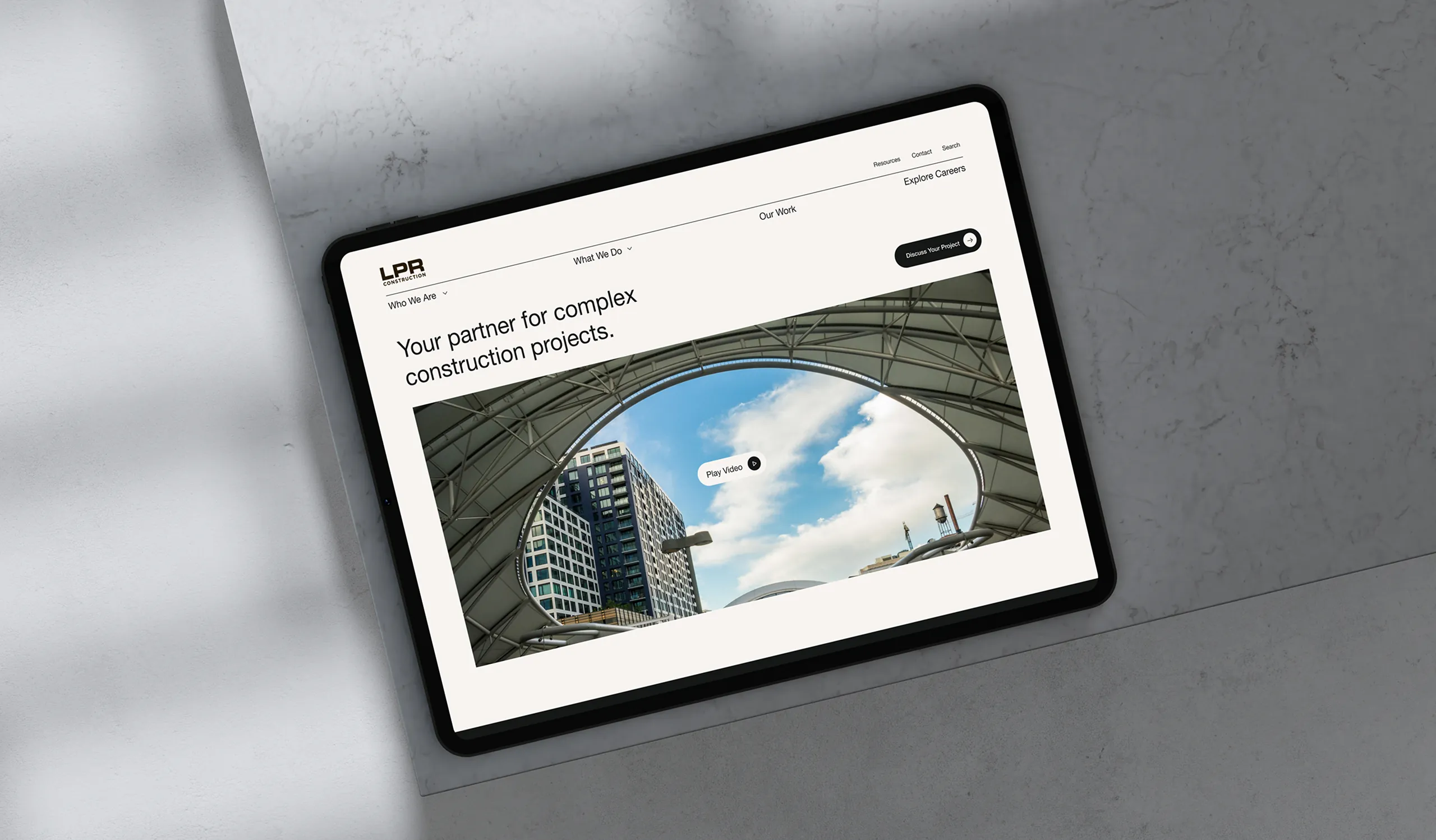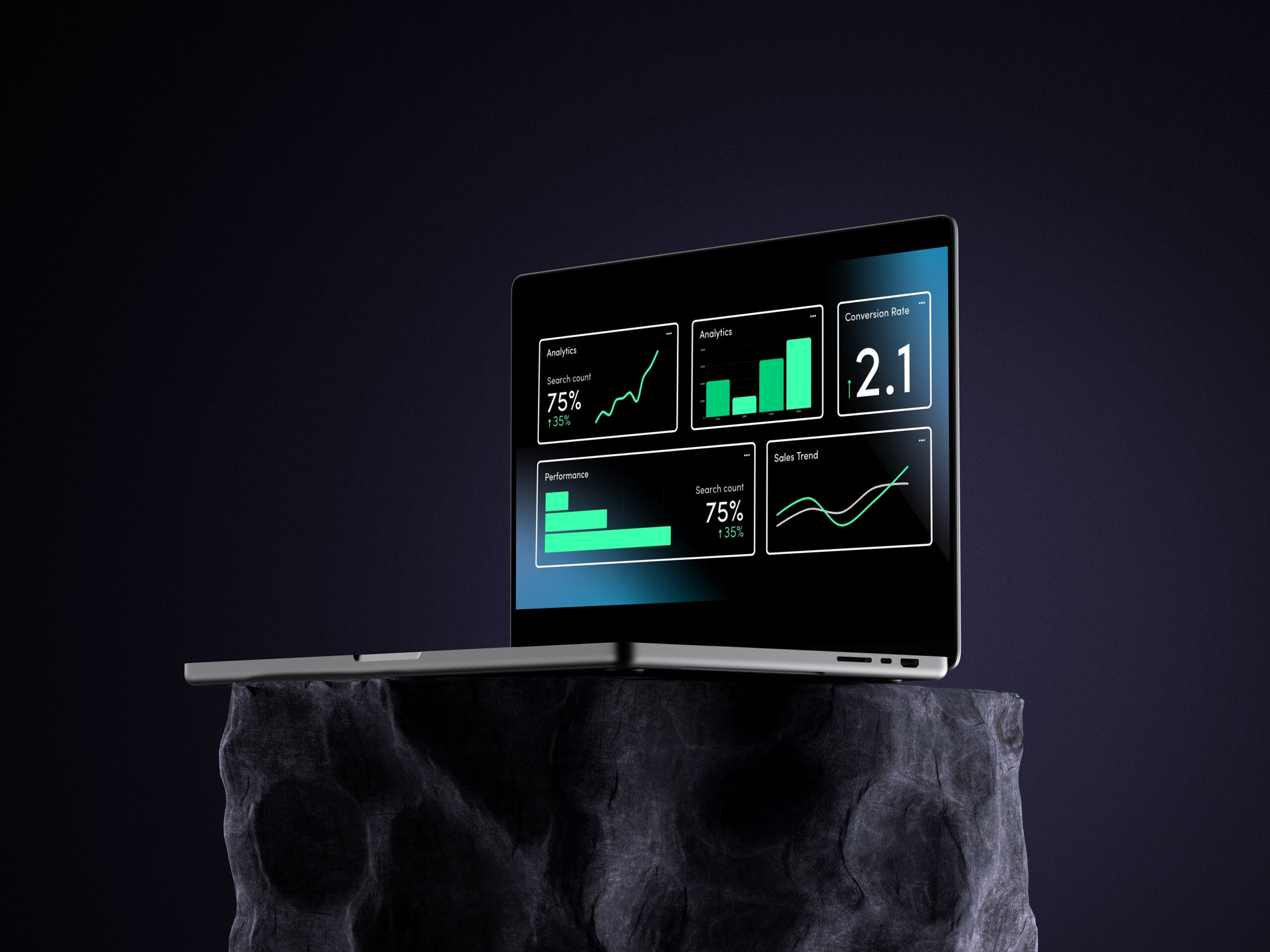The construction industry is evolving — and most construction companies aren't keeping up.
Industrial and manufacturing spending on new construction has surged, data center demand continues to break forecasts, and public infrastructure funding has introduced a wave of competitive opportunity for construction companies.
But with opportunity comes consolidation — and heightened scrutiny from decision makers awarding bids.
Across both private and public sectors, procurement teams are increasingly evaluating contractors before they ever request qualifications. And much of that evaluation now happens online.
New research from Deloitte shows:
- 82% of owners review a contractor’s website before shortlisting
- 68% say digital presence influences perceived capability
- 1 in 2 RFP committees rule a vendor out due to lack of visible proof of experience
In other words:
Digital reputation has become a proxy for operational reliability.
Web design for construction companies has become more important than ever.
In this article, we'll explore trends that are shaping the market and provide insights on what construction companies can do to stay ahead.
Pre-Qualification is Moving Online
Procurement teams looking for construction companies are under pressure to minimize risk and move faster.
So they’re looking for clear evidence early:
• Proven strengths in similar project types
• Geographic + self-perform capabilities
• Safety culture and workforce experience
• Scale and resource readiness
Not because construction websites win work —
but because weak digital signals now raise red flags:
“If a contractor can build a $200M facility but can’t communicate their expertise clearly and their website looks like it was built in 1992… what else is disorganized?”
It’s not about aesthetics.
It’s about confidence.
And confidence is increasingly built before your team is in the room.
Your Future Workforce Evaluates You Through Your Website
Leaders across the industry cite workforce availability as their #1 barrier to growth (Source: Associated Builders & Contractors, 2024).
But it’s not just a pipeline issue — it’s a perception issue.
Gen-Z and Millennial workers — who will make up 75% of global labor by 2030 — evaluate employers differently than past generations and are much more selective when choosing an employer.
They expect:
- Transparency of culture and leadership
- Tools and tech that modernize field work
- Growth pathways and trade pride
Where do they assess those cues?
Before they ever talk to a recruiter — they go to your website.
Your digital presence signals whether those expectations exist.
If your digital presence feels old-school, the assumption becomes:
The work and environment will be too.
Because in today’s hiring environment, a strong construction website design doesn’t just communicate what you build…
It communicates what you believe in. And that is what workers are looking for.
We saw this firsthand when working with Colas ISS.
They needed to attract younger workers for IT positions and public infrastructure growth — yet their old site buried employee stories and minimized culture.
The redesign prioritized the people behind the projects, mobility within the organization, and what a modern career in infrastructure actually looks like.
The result?
A brand that not only reflects capability — but makes people want to join the team behind it.
Here's a quick look at the new Colas ISS website design:

Construction Leaders Aren’t “Doing Marketing” and Building Brochure Websites
They’re investing in digital reputation as a business advantage, improving three measurable levers:
01 - Competitiveness in pre-qualification
Clear evidence of performance accelerates shortlisting.
02 - Reliability perception among stakeholders
Strong digital reputation → less risk → stronger relationships.
03 - Workforce attraction + retention
Talent chooses companies that look ready for the future.
We’ve seen this firsthand with leaders modernizing their online presence to support growth:
- LPR Construction — demonstrating expertise in large-scale structural work
- HEI Civil — aligning digital presence with multi-location expansion
- Colas ISS — strengthening workforce engagement in public infrastructure
When digital reputation improves, momentum follows.
What’s Actually Working in Construction Web Strategy Right Now
Here are some findings we've observed across top-performing construction firms:
01 - Make capabilities scannable in 10–20 seconds
Owners don’t read long narratives — they look for instant clarity on scope, sector experience, and where you operate. Multi-location firms are reorganizing content around regions + services so buyers see “you fit” immediately.
02 - Turn projects into proof — with outcomes
Project galleries are no longer visual brag walls. They must show results: timelines, metrics, safety performance, and delivery excellence. Structural leaders are using project pages as micro-case studies for pursuit teams.
03 - Make your culture and people visible
Hiring is marketing — talent wants to see leadership, recognition, growth, and field empowerment. Winning companies are improving recruiting by showcasing real people, real skills, and real advancement.
04 - Build for mobile-first validation
Prequal reviews often happen on job walks, lunch breaks, or phones on the road — credibility must hold up in one scroll.
05 - Show momentum
Updates on wins, safety awards, and certifications reinforce confidence and reduce perceived risk.
Together, these changes shift perception from:
“They do construction”
to “They are the right partner for this project.”
Here's a look at the new website we're building for HEI Civil that is turning their site from an outdated brochure to a hub for prospective clients and employees:

3 Questions for Leadership Teams Evaluating Their Digital Presence
Use this list next time you assess your position in the market:
Does our online presence reflect the scale of the projects we want — or the ones we used to do?
Could a project owner clearly articulate why we win, without ever speaking to us?
Would the next generation of workers feel proud to join our team?
If the honest answer is “not yet” — improvement here is no longer cosmetic.
It’s strategic.
Where to Go From Here
You don’t need a new brochure website.
You need:
• Clarity around the story the market needs to hear
• Structured proof of capability, accessible in two clicks
• A presence that matches your ambitions
Your digital reputation shouldn’t be holding back your growth potential.
If you want an outside perspective on how to strengthen positioning for both RFPs and hiring, let’s connect for a brief strategic review
We’ll show you what’s working in the industry — and where your next win could come from.




